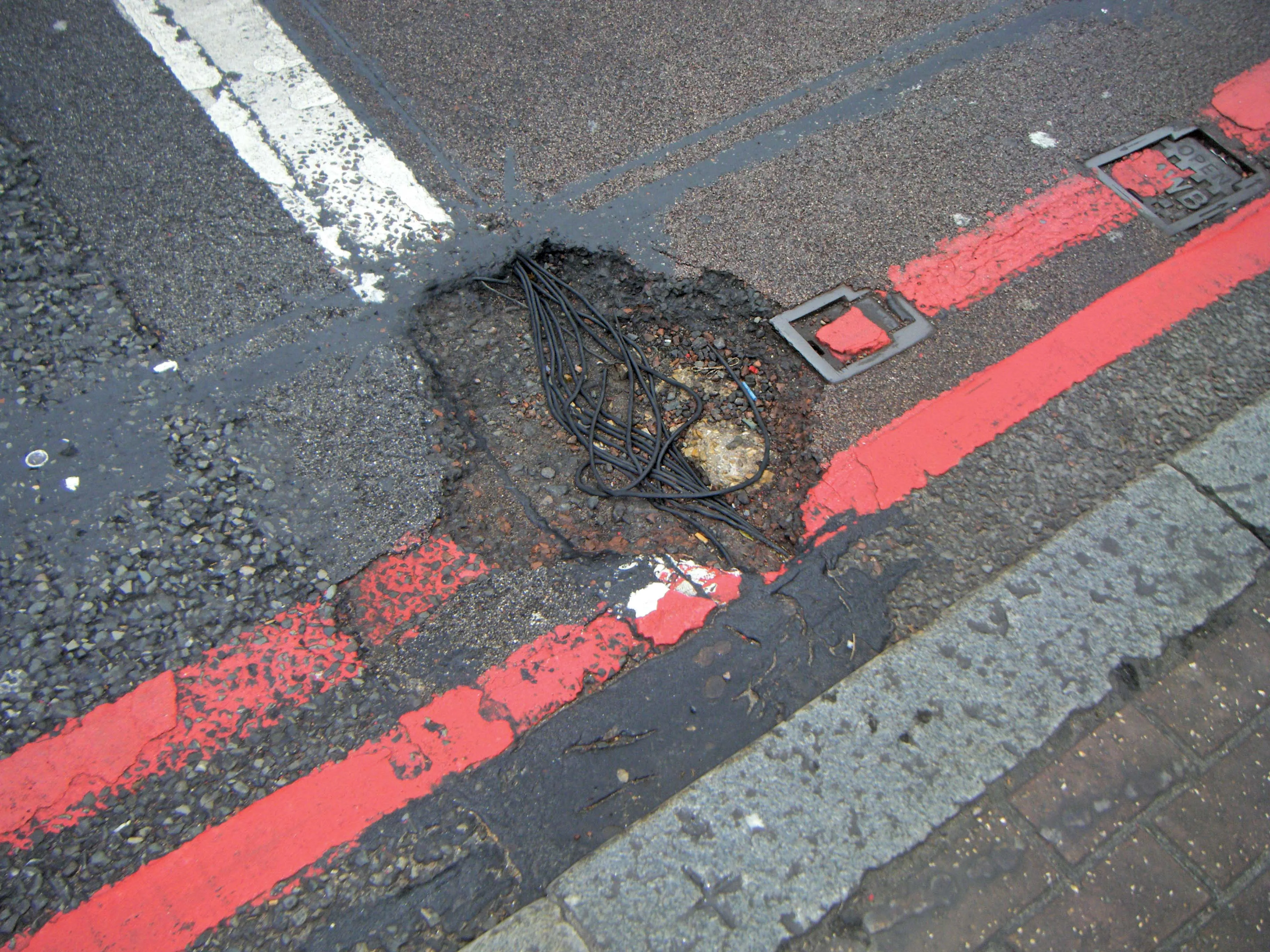Many US states offer cash-back deals and tax breaks to encourage people to buy more electric vehicles. But Oregon has shunned financial incentives and opted to drive up EV sales through increasing the number of recharging stations.
December 3, 2014
Read time: 2 mins
Many US states offer cash-back deals and tax breaks to encourage people to buy more electric vehicles. But Oregon has shunned financial incentives and opted to drive up EV sales through increasing the number of recharging stations.
The plan has been so successful that Oregon, which offers almost no financial incentive to buy an electric vehicle, is now one of five states where EV sales are up to four times the national average.
The other states with higher than average EV sales, according to a study published by the International Council on Clean Transportation in October, are Washington, California, Hawaii and Georgia – all of which offer financial incentives.
The study, called%$Linker:2 External <?xml version="1.0" encoding="utf-16"?><dictionary /> 0 0 0 oLinkExternal Evaluation of State-level US Electric Vehicle Incentives Vist ICCT website false http://www.theicct.org/evaluation-state-level-us-electric-vehicle-incentives false false %>, found that high EV sales can generally be correlated to a state’s financial incentives.
Washington waives a 6.5% sales tax of about US$2,000 on a $30,000 car.
California has a $2,500 incentive and offers high occupancy lane access. Hawai’i has a $4,500 incentive and Georgia has a $5,000 incentive for EVs.
Oregon had a $750 EV incentive in 2011 and 2012, but this was discontinued in 2013, said the state’s Chief EV Officer %$Linker:2 External <?xml version="1.0" encoding="utf-16"?><dictionary /> 0 0 0 oLinkExternal Ashley Horvat Visit Transport Evolved website false http://transportevolved.com/ false false %>, in her presentation to the recent EV2014 Conference in Vancouver, Canada. Oregon has, however, a 25% incentive for a residential charging station.
Instead of financial incentives, Oregon developed a strategy to build, or plant, more recharging stations, especially along the Pacific coast, to show people that owning an electric vehicle does not mean they cannot drive long distances.
The stations are part of the branded West Coast Electric Highway project developed by Oregon in cooperation with Washington state to the north and California to the south. EV drivers recognise signage and station design at every recharging location, between 40km and 80km apart. The procedures for charging are the same at every location along the main Interstate Highway 5 and smaller roads covered by the project.
According to the %$Linker:2 External <?xml version="1.0" encoding="utf-16"?><dictionary /> 0 0 0 oLinkExternal National Conference of State Legislatures Visit NCSL website false http://www.ncsl.org/research/energy/state-electric-vehicle-incentives-state-chart.aspx false false %> (NCSL), a non-partisan lobbying group, eight states released an action plan in May this year detailing an agreement originally announced in 2013; together they want 3.3 million zero-emission vehicles (ZEVs) on their roads by 2025. This is more than 15 times as many ZEVs projected to be on the road in all the U.S. by 2015.
The plan was agreed to by California, Connecticut, Maryland, Massachusetts, New York, Oregon, Rhode Island and Vermont. It calls for consumer incentives to promote ZEVs such as high-occupancy vehicle lane access and building additional charging stations. The plan also requires establishing charging up rates for electric vehicles that are competitive with gasoline prices.
The plan has been so successful that Oregon, which offers almost no financial incentive to buy an electric vehicle, is now one of five states where EV sales are up to four times the national average.
The other states with higher than average EV sales, according to a study published by the International Council on Clean Transportation in October, are Washington, California, Hawaii and Georgia – all of which offer financial incentives.
The study, called%$Linker:
Washington waives a 6.5% sales tax of about US$2,000 on a $30,000 car.
California has a $2,500 incentive and offers high occupancy lane access. Hawai’i has a $4,500 incentive and Georgia has a $5,000 incentive for EVs.
Oregon had a $750 EV incentive in 2011 and 2012, but this was discontinued in 2013, said the state’s Chief EV Officer %$Linker:
Instead of financial incentives, Oregon developed a strategy to build, or plant, more recharging stations, especially along the Pacific coast, to show people that owning an electric vehicle does not mean they cannot drive long distances.
The stations are part of the branded West Coast Electric Highway project developed by Oregon in cooperation with Washington state to the north and California to the south. EV drivers recognise signage and station design at every recharging location, between 40km and 80km apart. The procedures for charging are the same at every location along the main Interstate Highway 5 and smaller roads covered by the project.
According to the %$Linker:
The plan was agreed to by California, Connecticut, Maryland, Massachusetts, New York, Oregon, Rhode Island and Vermont. It calls for consumer incentives to promote ZEVs such as high-occupancy vehicle lane access and building additional charging stations. The plan also requires establishing charging up rates for electric vehicles that are competitive with gasoline prices.







